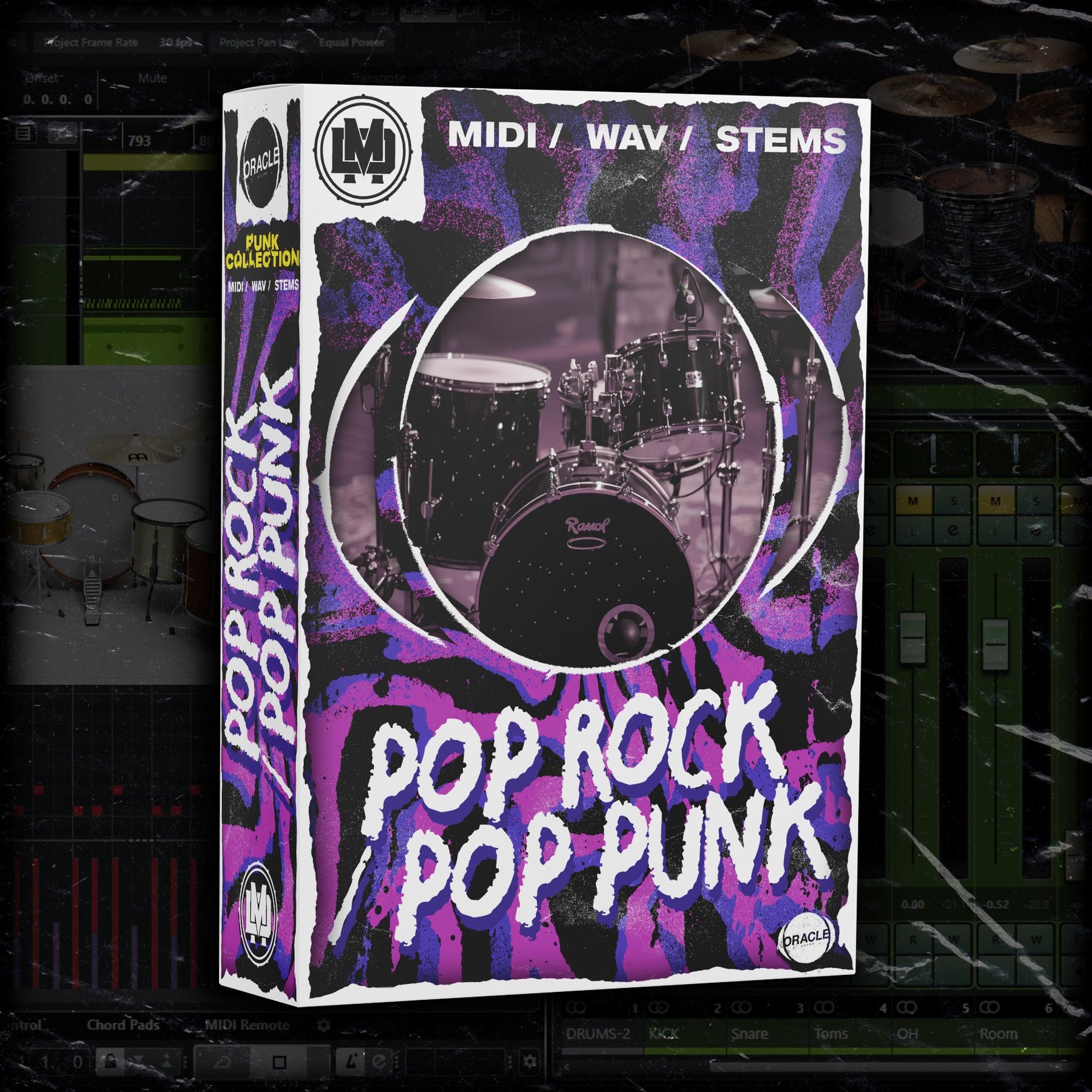Innovative Ways to Use MIDI Drum Patterns
Innovative Ways to Use MIDI Drum Patterns
Blog Article
MIDI drum designs have reached the primary of contemporary music production. They allow musicians and companies to generate vibrant, versatile beats that get a track's rhythm. Whether you're a beginner or a veteran company, knowledge the fundamentals of fabricating midi drum grooves can elevate your audio manufacturing skills. That guide addresses all you need to know—from standard methods to advanced techniques—to art convincing drum patterns tailored to your music.
What Are MIDI Drum Habits?
MIDI (Musical Instrument Electronic Interface) drum designs are digitally produced sequences of drum defeats designed in a DAW (Digital Music Workstation). Unlike recorded sound, MIDI knowledge contains information about the moment, message, pace, and period of records, providing total control over every aspect of the beat.
With MIDI, manufacturers may test out endless drum kits, modify rhythms, and coating appears to produce defeats for types which range from hip-hop to digital to rock. The flexibility of MIDI causes it to be an important instrument for music production.

The Developing Blocks of a Drum Structure
Creating a great MIDI drum sample begins with understanding the the different parts of a drum package and their jobs in surrounding beat:
Kick Drum: Types the building blocks of the beat. It offers the thud or low-end strike that pushes the rhythm.
Snare Drum:Provides power and emphasis, usually making the take noise seen on the 2nd and 4th defeats in several genres.
Hi-Hats: These come in two forms (closed and open) and add groove and difference with regular patterns.
Toms: Fill out changes or include character to your patterns.
Accident and Trip Cymbals: Employed for accents and to tag changes within a song.
Measures to Develop MIDI Drum Patterns
Stage 1: Start with a Fundamental Pattern
Lay out a simple 4/4 beat. Work with a kick drum on defeats 1 and 3 and a snare on beats 2 and 4. Put regular hi-hats on every eighth notice to keep the beat moving. That establishes a solid foundation.
Step 2: Add Complexity
When your simple flow is in position, add variation. Add offbeat hi-hat hits, cat records on the snare, or syncopation to make a rhythm that feels alive and engaging.
Step 3: Give attention to Speed and Humanization
One frequent trouble with MIDI drum designs is that they'll sound robotic if every observe is performed at exactly the same velocity. Adjust velocities to simulate the character of a real drummer's performance. Moreover, experiment with minor moment shifts to humanize the rhythm.
Stage 4: Integrate Floods and Transitions
Drum floods are critical for marking changes between track sections. Use tom rolls, snare fills, or cymbal accidents to add excitement and motion to your designs, maintaining fans engaged.

Stage 5: Try out Genres
Explore various genres to expand your understanding of drum patterns. Hip-hop beats might function swung hi-hats and syncopated shoes, while electronic audio frequently utilizes complicated grid-based development and split percussion.
Methods for Elevating Your Defeats
Layer Your Sounds: Combine products or drum appears to produce larger, more textured beats.
Use Outcomes Tastefully: Put reverb, wait, or pressure to personal drum components for a more finished sound.
Study Actual Drummers: Analyze drum performances in your chosen tunes to know dance and beat habits better.
Discover Endless Creativity with MIDI
Learning MIDI drum styles allows you to innovate and modify beats to generally meet the demands of any track. By blending specialized detail with creative testing, you can hobby rhythms that drive your music and keep a lasting impact. Start exploring today and touch into the boundless possibilities of MIDI for your drum production.
Report this page